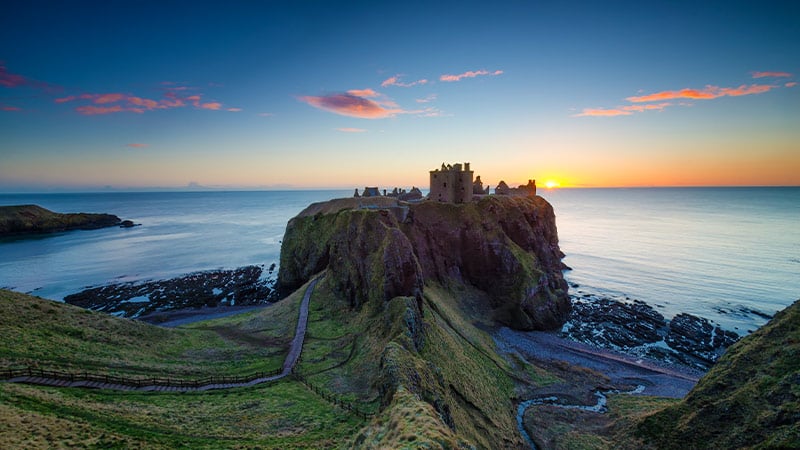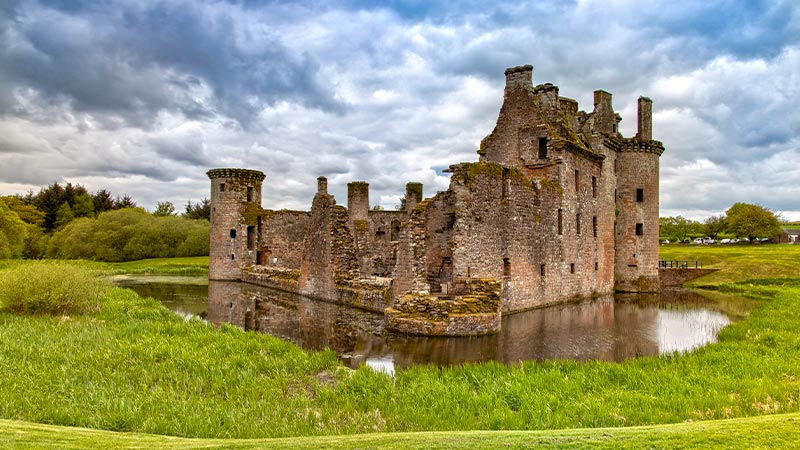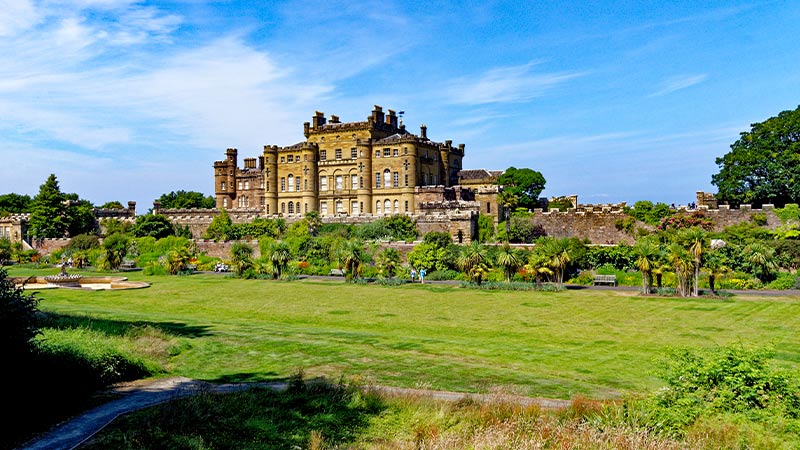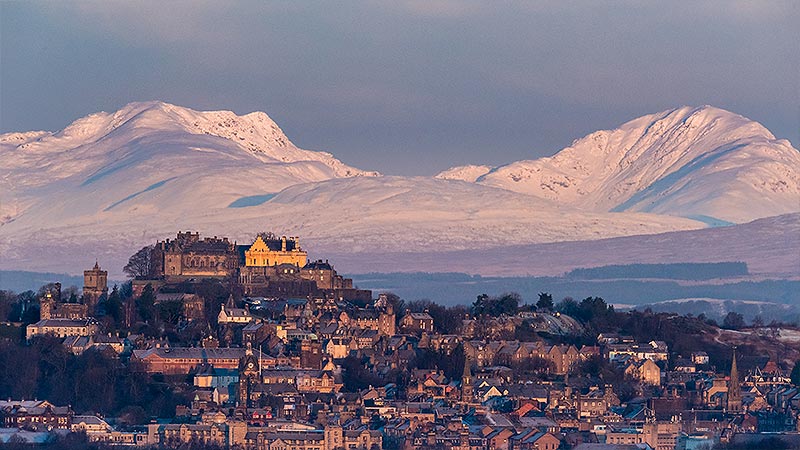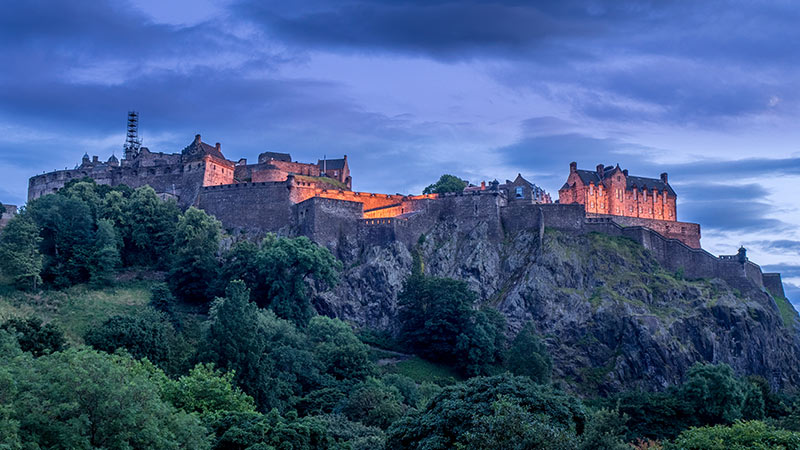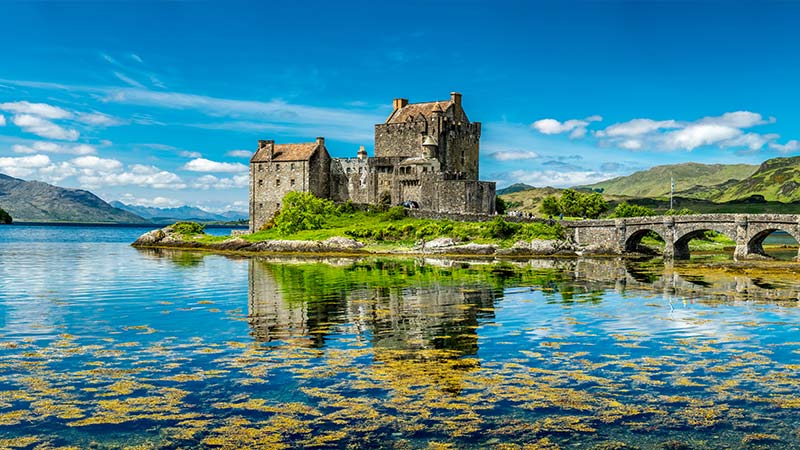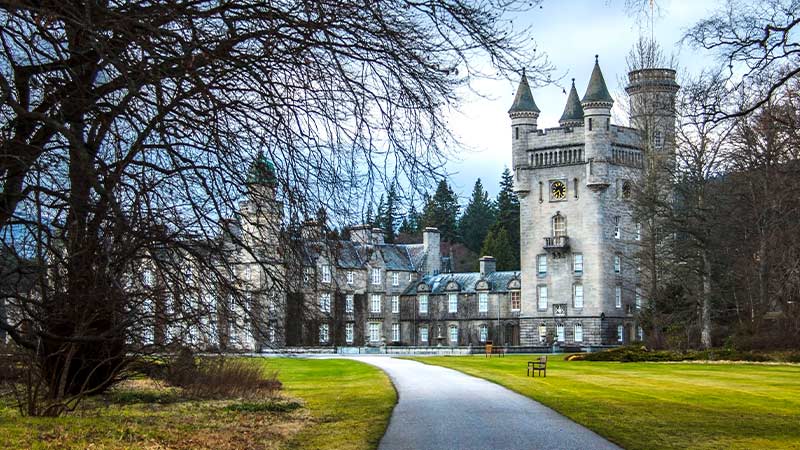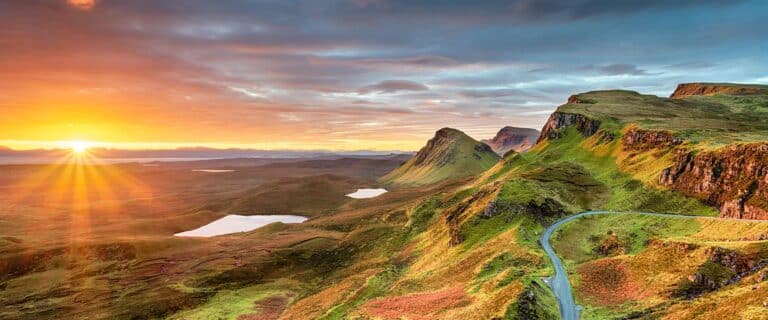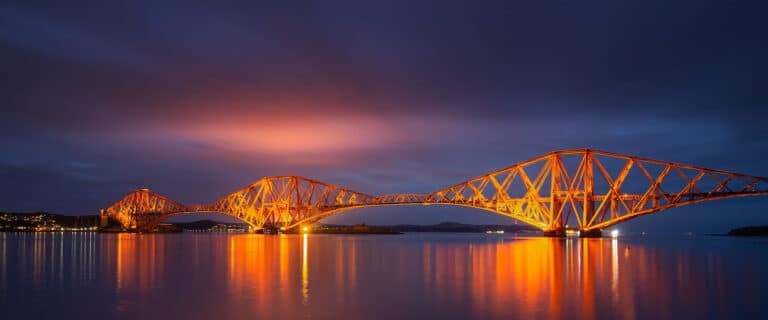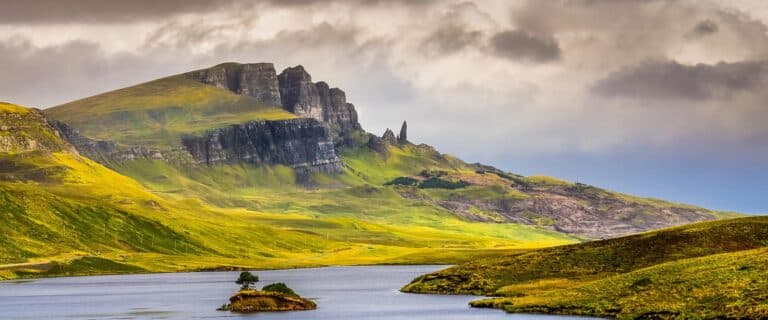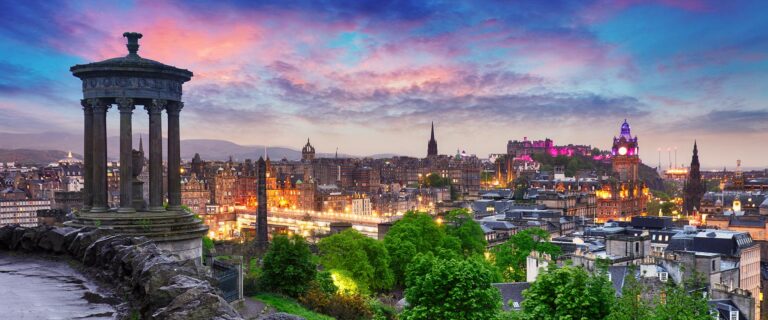Are there many castles in Scotland? The answer to that is a resounding YES! With more than 2,000 castles, the earliest dating to the 12th century, Scotland’s castles dot the Highlands, heather, and wild coastlines. Some are haunting ruins, and you come upon those in awe. Others have been restored and pay homage to a time of elegance and grace. Still others are museums with lovingly restored gardens and furnishings.
Originally castles were home to Scottish clan leaders and their kinsmen; they were bastions of safety and power. Overlooking Loch Sween, Castle Sween is considered to be the oldest castle in Scotland. The castle that’s the most northerly is Muness on the Shetland Islands, and numerous castles are in the more populated south.
Some are still used as residences including King Charles’s Balmoral, Glamis, Dunvegan, and Cawdor. Edinburgh Castle, which houses the Scottish Crown Jewels and had a first-row seat for much of Scotland’s history, is the largest. Most are set in some of the most breathtaking scenery in the world. When you visit a castle in Scotland, you step into a mystical world that is beyond time. Listed below are some favorites along with their stories.
Dunnottar Castle
Truly one of Scotland’s hidden gems, this castle is set on a 160-foot rocky crag and surrounded by the North Sea on three sides. This was the fortress of the Earls of Marischal, one of the most powerful families in Scotland. Located in Aberdeenshire, the Scottish Jewels were once hidden here from Cromwell’s troops. Dunnottar is loaded with atmosphere. Reach it by a coastal footpath from Stonehaven.
Caerlaverock Castle
This triangular castle still sits within a wide moat. There are two gatehouses with towers and extraordinary battlements. Caught up in border conflicts, due to its location, this castle is the epitome of a medieval stronghold. King Edward I laid siege to it in 1300, and it was lavishly upgraded just before its fall in 1640. Its sandstone walls practically glow when the light falls. That, added to its appearance, makes it a popular film location.
Culzean Castle
Culzean Castle sprawls atop a cliff overlooking the Firth of Clyde in South Ayrshire on the west coast of Scotland. A star of the silver screen, it has been in shows from the cult favorite Wicker Man to the Antiques Roadshow. It was the home of the wealthy Kennedy family for generations and was designed by Robert Adam in the 18th century. Beside the castle, there are 40 buildings, a swan pond, woods, beaches, parklands, a deer park, ice house, greenhouse, and dramatic cliffs.
The castle’s oval staircase is the centerpiece. Next be amazed by the collection of flintlock pistols and military swords, and look for the ship of bones. This intricate model of a French frigate whose crew was captured during the Napoleonic Wars, was fashioned by the imprisoned men from the bones of their beef rations. Sailors were often, by necessity, very skilled craftsmen. On a lighter note, the castle’s barrel organ is known as an early version of a karaoke machine. There are several tunes inside, the handle is turned, then family and friends sang and danced to the melody. And it still works.
Stirling Castle
Most of Stirling Castle was built between 1490 and 1600; it was the principal residence of Stewart Royalty. Mary Queen of Scots was crowned there, and it was home to James IV, V, and VI. It is a surprising mix of English, French, and German influences and reflects the global ambitions of the Stewart dynasty. It was laid siege to numerous times and was the center of power struggles between England and Scotland. There may be no finer place to get a real feel for the forces that rose and then erased Scottish independence.
Stirling’s Great Hall is the largest ever built in Scotland. It was completed in 1503 for James IV, and was used for banquets, feasts, and dancing. With galleries for minstrels and trumpeters, there are four large windows at the end where the king and queen were seated. Five large fireplaces lit the hall. It is so large, and so lavish, that during one celebration fish was served from a model wooden ship with firing cannons.
Enter the Great Kitchens for a view into the lives of those who cooked pies, puddings, fresh breads, venison, salmon, and prime beef for royalty. The Chapel Royal was built for James VI as a special place to baptize his son, Prince Henry. The Royal Palace, childhood home of Mary Queen of Scots, is lusciously decorated and furnished. The Palace, one of the UK’s best-preserved Renaissance buildings, includes the nobles’ royal chambers.
When you get hungry, head to the Unicorn Café. Its name comes from the unicorns, Scotland’s national animal, depicted throughout the castle. The café has terrific views of the countryside and the Wallace Monument. Stirling Castle is a must for anyone who loves castles and for history buffs. It is, indeed, one of the country’s most important sites.
Edinburgh Castle
Edinburgh Castle has rimmed the city’s skyline since the 12th century, and its walls have seen it all. Edinburgh’s name comes from this castle; “Din Eidyn” translates as “The stronghold of Eidyn.” It has been a royal palace, a barracks, a palace, and the home of Scotland’s Parliament as well as the Scottish Crown Jewels and the Stone of Destiny.
The Great Hall is outstanding. The beamed ceiling is supported by corbels, and there are small and fantastical carvings throughout. It is Scotland’s oldest wooden roof. Mary Queen of Scots gave birth to James VI, the first king who ruled both England and Scotland, in the Royal Palace. St. Margaret’s Chapel was built by David I in the 12th century. It is the oldest surviving part of the original castle, and it is quietly splendid. Walk inside the prison vaults and you’ll find graffiti from French prisoners held here in the 18th and 19th centuries.
Scotland’s Crown Jewels are the oldest in the United Kingdom, and they are exquisite. The Stone of Destiny is mythic and mysterious. According to some legends, this is the rock upon which Jacob lay his head when he had his hallucinogenic dream of a ladder climbing into the sky, holding angels rising to heaven. It was used in the ceremony to crown Scottish kings. When Edward I invaded in 1296, his troops took the Stone to England. It was only returned to Scotland, from Westminster Abbey, in 1996.
Eilean Donan Castle
This restored 13th century castle in the Highlands, on the road to Skye, is instantly recognizable. Named for a 6th century Irish Saint, the first fortified structure was built on this island (now connected to the mainland by a footbridge) in the 13th century. Vikings raided, and had power over, Northern Scotland and the western islands for hundreds of years. Eilean Donan was well-situated to defend the area.
This castle fortress of Clan Macrae grew and became smaller over time, depending upon need and the ability to hire and station men. In 1719, the English blasted the castle, went ashore, and overwhelmed those defending the castle. For 200 years the castle was abandoned and neglected. In 1911 Colonel Farquar Macrae came to the rescue and bought the island. The castle was rebuilt according to the surviving plans, and Eilean Donan was returned to her previous glory.
Feel free to explore. You’ll find a collection of Macrae family artifacts, pieces of local history, cannonballs fired during the 1719 massacre, dueling pistols, tea sets, furnishings, and more. The Banquet Hall has timber beam ceilings, made of Douglas Fir, and sent from the Macrae’s of British Columbia as a gift to the Macrae’s of Scotland. Looking for a romantic place to get married? Consider the Great Hall!
Balmoral Castle
Purchased by Prince Albert for Queen Victoria in 1852, Balmoral is the Royal Family’s Scottish home. Queen Victoria called the castle, located on the River Dee, her “dear paradise.” The grounds surrounding the castle feel enchanted… take a walk and keep your eye out for magnificent stags. 50 miles west of Aberdeen, it is situated on 50,000 acres of farmland and forest. Highland cattle, called coos, deer, grouse, sheep, and ponies happily live on the land. The property is available to visit, depending upon the Royal family’s schedule.
When you visit one of Scotland’s castles, you walk into a Renaissance world of Scottish royalty, opulence, and art. Wander the halls and imagine the secrets, dalliances, loves, and betrayals that played out inside those walls. It is thrilling and wondrous.
If you want to experience pure enchantment, let your Destination Expert know you’d like to include castles on your Scotland vacation.


